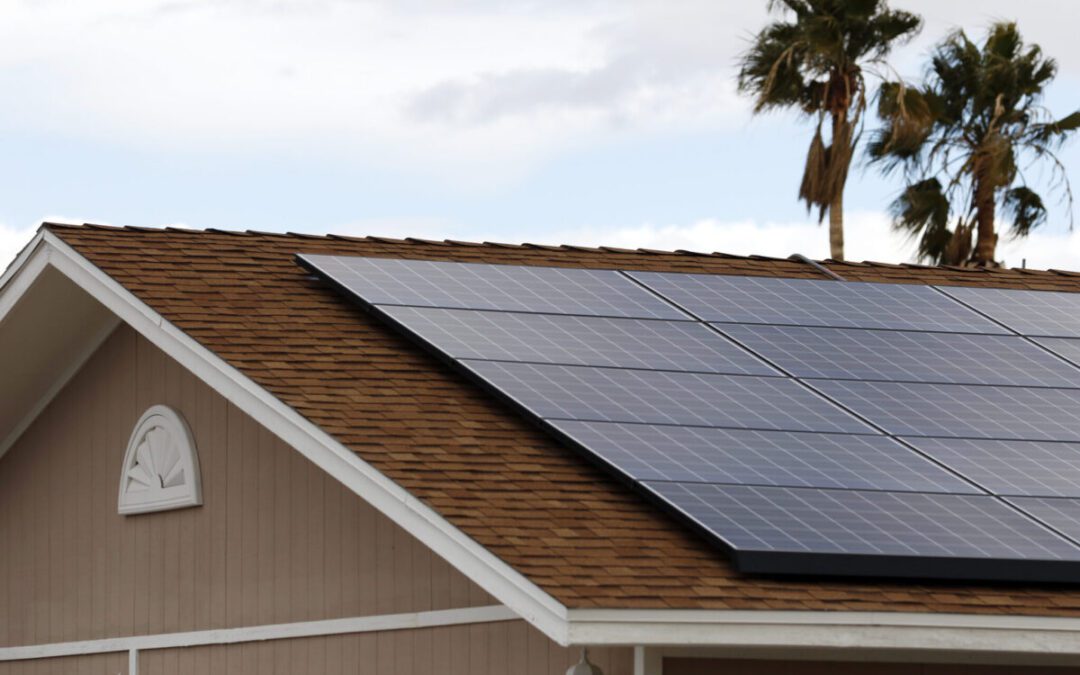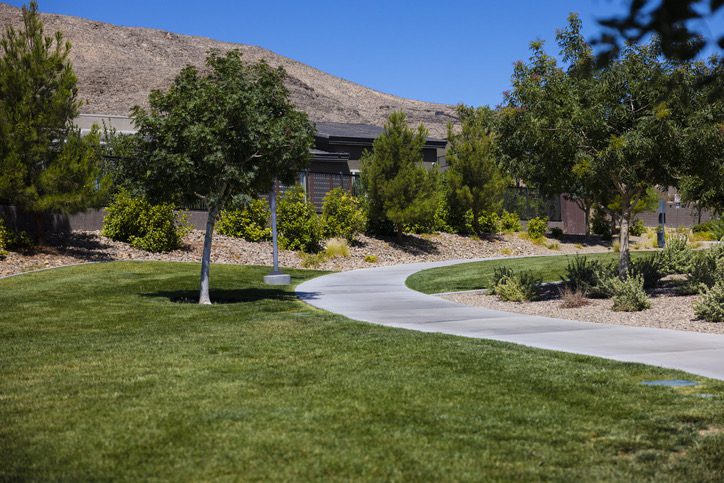
Now that the funding has been approved, state officials can negotiate with service providers to install the necessary infrastructure to provide internet access. (Photo credit: Getty Images)
Now that the funding has been approved, state officials can negotiate with internet service providers to install the necessary infrastructure and move forward with connectivity.
The Biden administration this week officially approved a plan from the state of Nevada to bolster access to high-speed internet across the state, including in many rural swaths where connectivity is currently nonexistent, joining two other states as the only ones to receive funding thus far.
The Nevada Office of Science, Innovation and Technology (OSIT) will receive approximately $416 million in federal funding under the federal Broadband Equity, Access, and Deployment (BEAD) Program, which was created from the 2021 Infrastructure Investments and Jobs Act. The project is projected to deliver internet access to more than 43,000 unserved and underserved households statewide, in all of Nevada’s 17 counties.
Now that the funding has been approved, OSIT can negotiate with internet service providers to install the necessary infrastructure and move forward with connectivity. Nevada joins Louisiana and Delaware as states to have spending plans approved, with roughly 20 other states working on applications.
“Faced with challenging terrain, Nevada has built an outstanding plan to connect the unconnected,” Alan Davidson, Administrator of the National Telecommunications and Information Administration (NTIA), said in a statement. “Nevada’s plan shows how we can economically bring the best possible Internet service to people using a variety of technologies. Today it can put that plan into action and bring high-speed Internet service to everyone in the state.”
MORE: Rosen-backed bill to connect veterans with benefits signed into law
The state included in its application for the funding a commitment to spend an additional $137 million for the project. The trade publication Broadband Breakfast reported Friday that more than 80% of qualifying homes and businesses are set to receive fiber optic connectivity — a faster, more reliable option than traditional broadband — while the rest will be split between satellite, fixed wireless, and hardwired connectivity.
Advocates of the program have voiced concerns that it could be subject to spending cuts once the Trump administration takes office, but analysts believe once BEAD programs go online that rescinding funding for those programs will become deeply unpopular.
“We have our doubts as slowing down aid to rural America is not optically a plus for the new Administration,” Blair Levin, former FCC chief of staff and a policy analyst for the research firm New Street Research, said in an investor note Friday. “A stop work would complicate the program for them. It would also create significant uncertainty for ISPs who are potential bidders.”

Opinion: We must help communities that have been left behind, no matter who wins in November
In this op-ed, Justin Maxson and Sarah Jaynes advocate for prioritizing federal investments to uplift all communities and ensure widespread economic...

Opinion: Rural housing for all: Supporting affordable homes in Nevada
Anya Lindsey, a single mother, was sharing a bedroom with her two young children at her parents’ home when she heard a news story about USDA Rural...

Inauguran puente “Silver Copper Crossing” que une Laughlin y Bullhead City
Los residentes y turistas que deben cruzar el río Colorado tienen una excelente opción con la inauguración del puente “Silver Copper Crossing”, que...

Northern Nevadans fear NV Energy plan would mean some of highest service charges in U.S.
BY: DANA GENTRY, Nevada Current Northern Nevada residents voiced their opposition Tuesday to NV Energy’s proposal to increase its shareholder return...

Nevada tribal communities to get $27M for affordable housing
Nevada’s senators applauded the funding, which comes in addition to federal investments last year that helped build new housing projects in Owyhee...

Letter to Editor: Let’s keep making the Silver State green for all Nevadans
Dear Editor, In regards to the article “Rep. Susie Lee scores win as bill expanding access to public lands passes US House” from April 10: As the...





